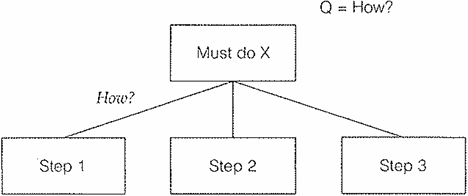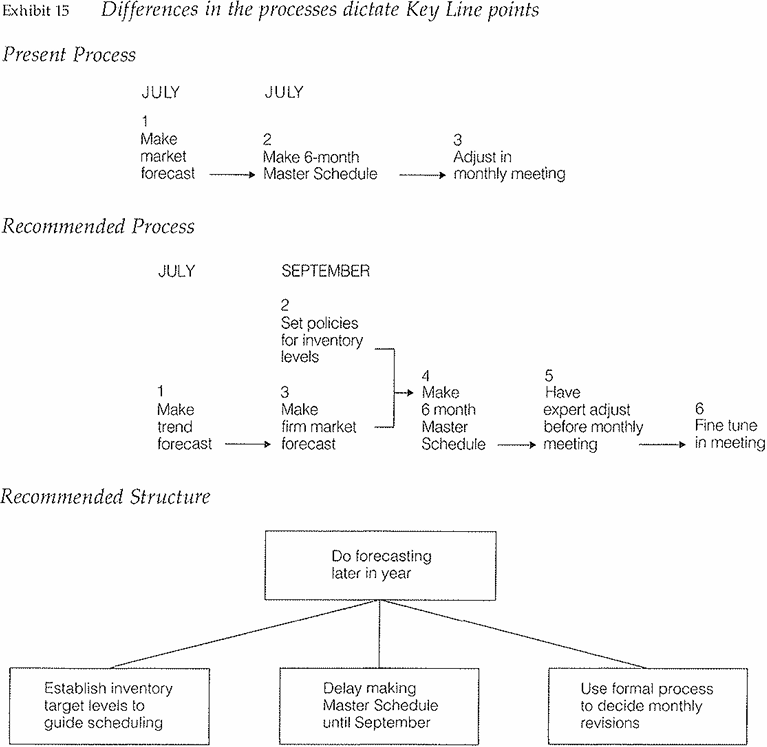


 Grammar
Grammar
 Tenses
Tenses
 Present
Present
 Past
Past
 Future
Future
 Parts Of Speech
Parts Of Speech
 Nouns
Nouns
 Verbs
Verbs
 Adverbs
Adverbs
 Adjectives
Adjectives
 Pronouns
Pronouns
 Pre Position
Pre Position
 Preposition by function
Preposition by function 
 Preposition by construction
Preposition by construction
 Conjunctions
Conjunctions
 Interjections
Interjections
 Grammar Rules
Grammar Rules
 Linguistics
Linguistics
 Semantics
Semantics
 Pragmatics
Pragmatics
 Reading Comprehension
Reading Comprehension|
Read More
Date: 2024-10-01
Date: 2024-10-05
Date: 2024-09-30
|
Frequently, particularly in consulting, you write because someone has a problem and you are telling him how to solve it. The Key Line structure of any "how to" Steps," as shown below:

However, the introductory structure varies slightly depending on whether you are telling the reader how to do something he has not done before or whether you are telling him how to do properly what he is already doing. The memorandum on The Role of the Board is an example of the first type:
S = Must do X activity
C = Not set up to do so
Q = How do we get set up?
By contrast, suppose you have a company whose market forecasting system gives inaccurate forecasts, and they want you to tell them how to make it give accurate ones. The structure is always:
S = Your present system is X
C = It doesn't work properly
Q = How change to make it work properly?
The trick here is to begin your thinking by literally laying out the present process as they do it now. Then lay out the process as you think it should be done. The differences between the first structure and the second tell you what the steps on your Key Line must be.
Let me emphasize the importance of making the two processes visible to yourself before you begin to write. You may assume that you know precisely what they are, having been working on them for so long. But unless you lay them out and compare them, the chances of leaving something important out are very great.
I have seen so many examples of incomplete thinking in this area that I make a special point of mentioning it here, and explaining it in more detail in Appendix B, Examples of Introductory Structures. Indeed, we had an example in the Big Chief memo.

|
|
|
|
"عادة ليلية" قد تكون المفتاح للوقاية من الخرف
|
|
|
|
|
|
|
ممتص الصدمات: طريقة عمله وأهميته وأبرز علامات تلفه
|
|
|
|
|
|
|
المجمع العلمي للقرآن الكريم يقيم جلسة حوارية لطلبة جامعة الكوفة
|
|
|